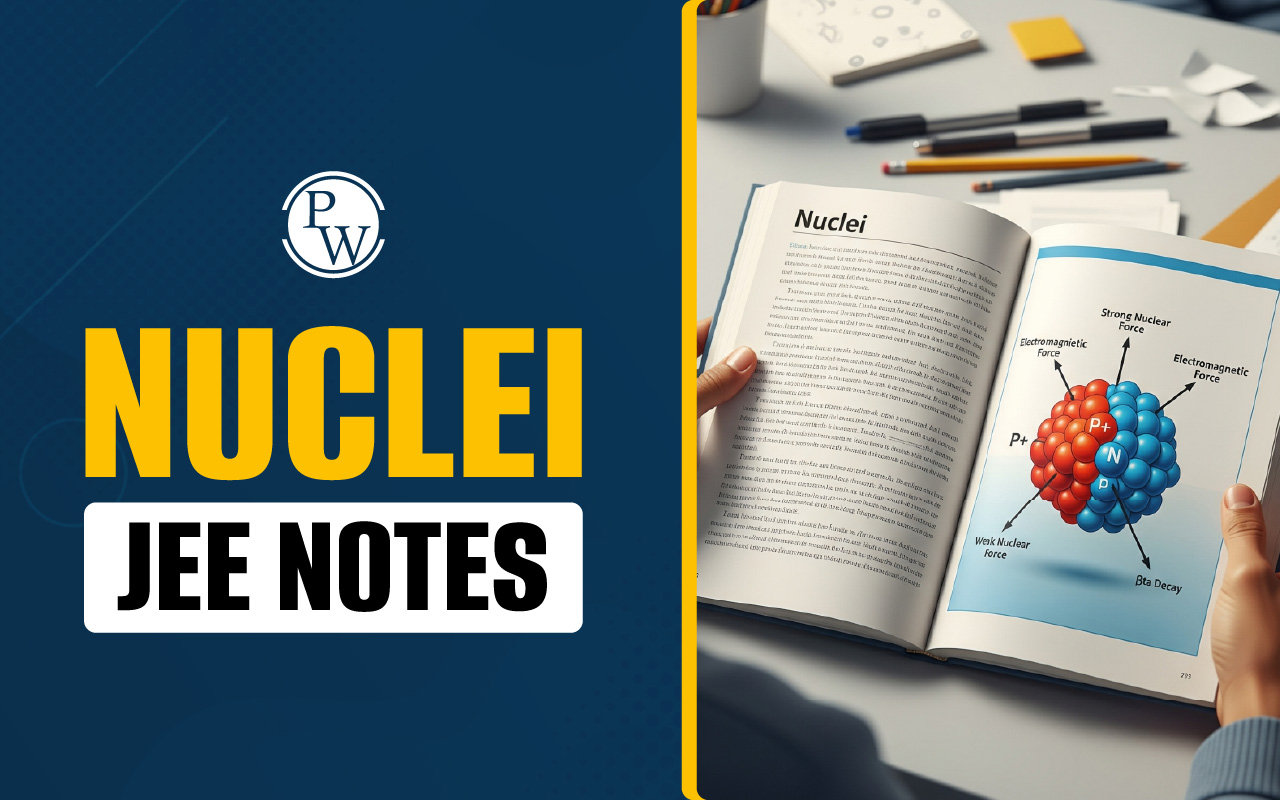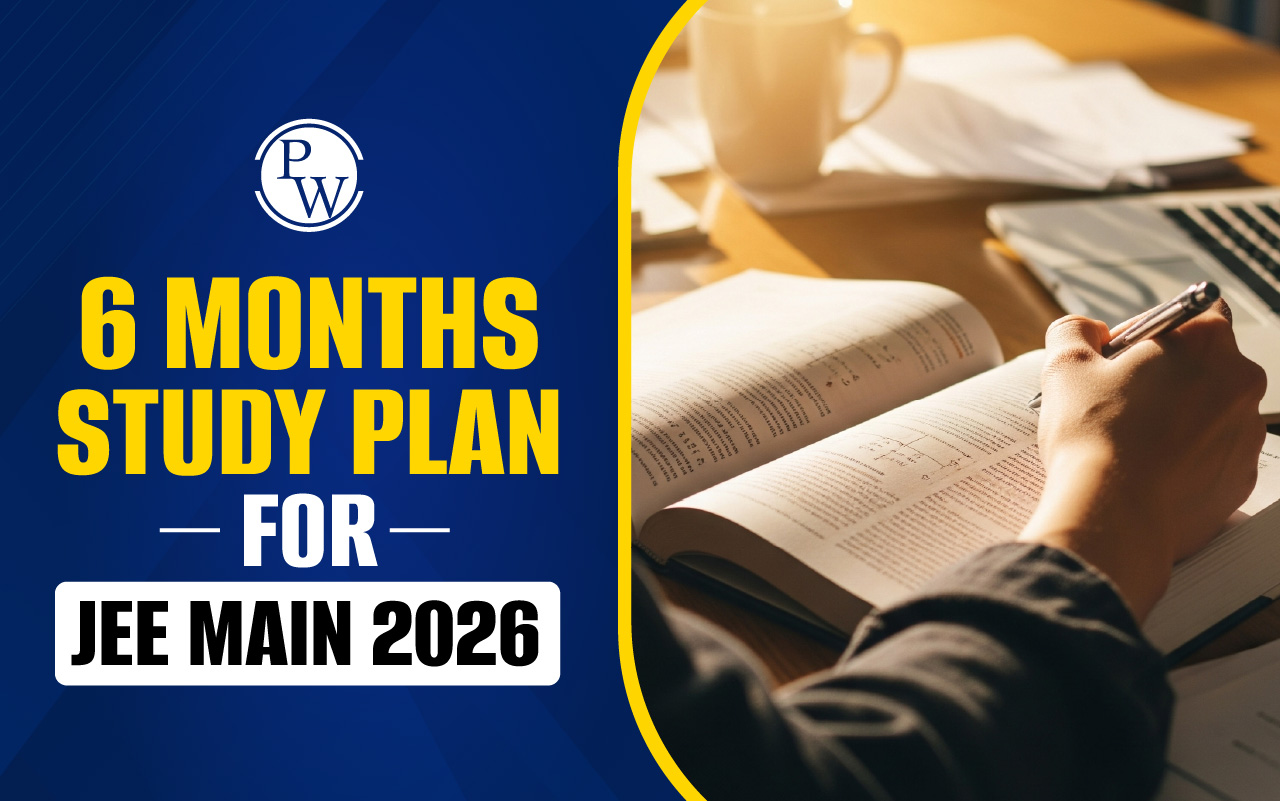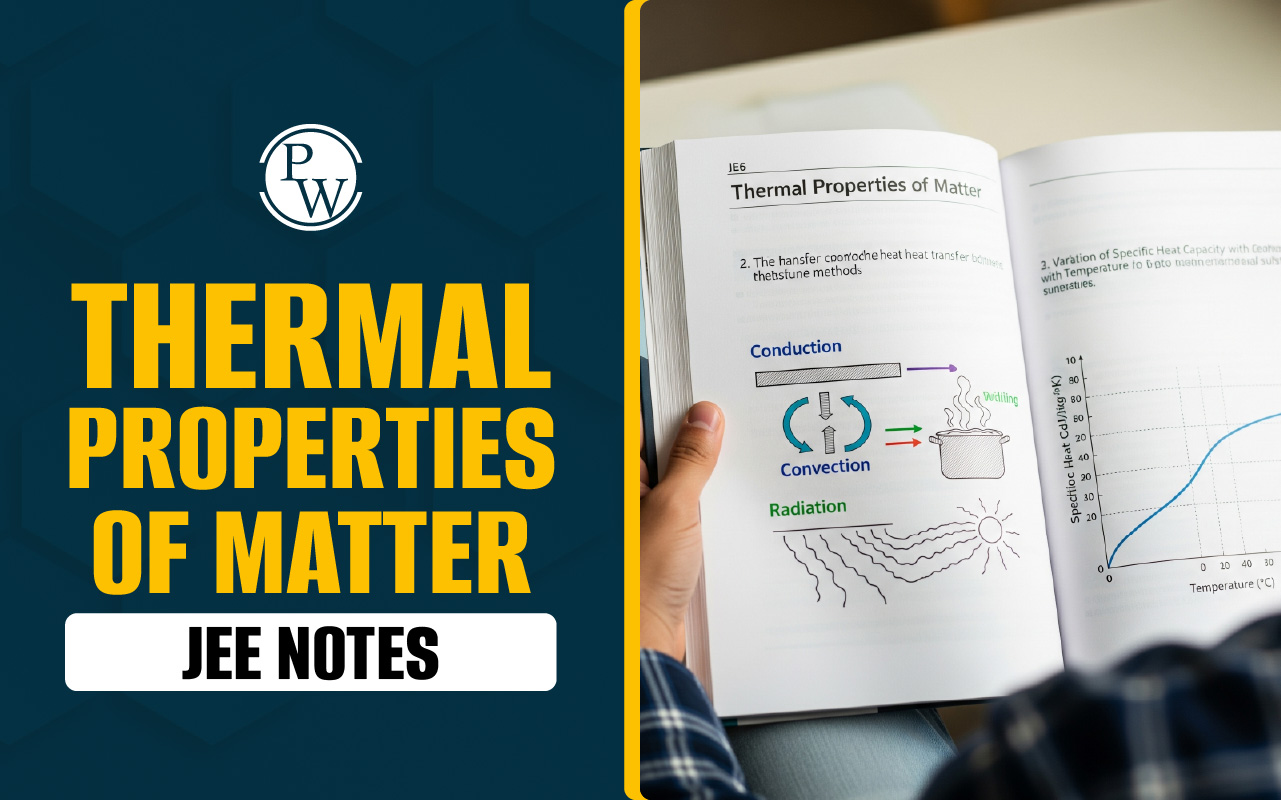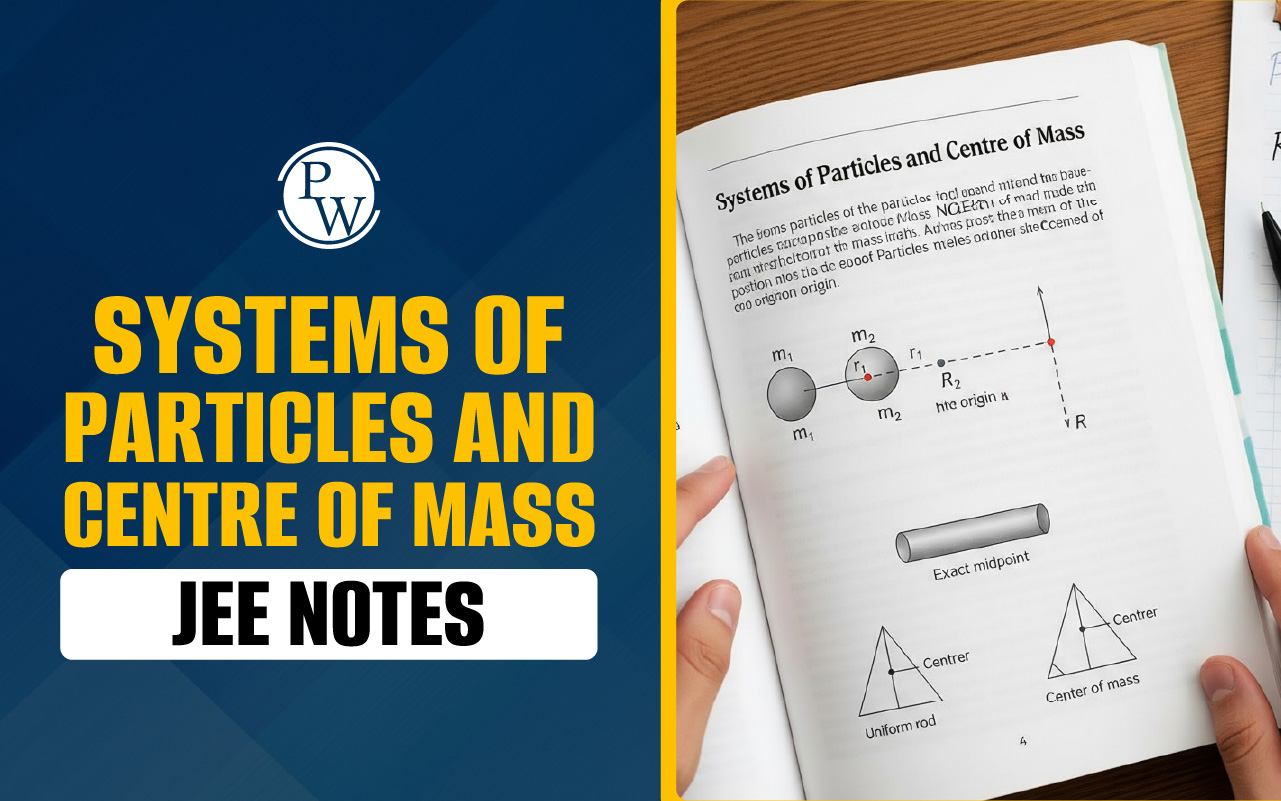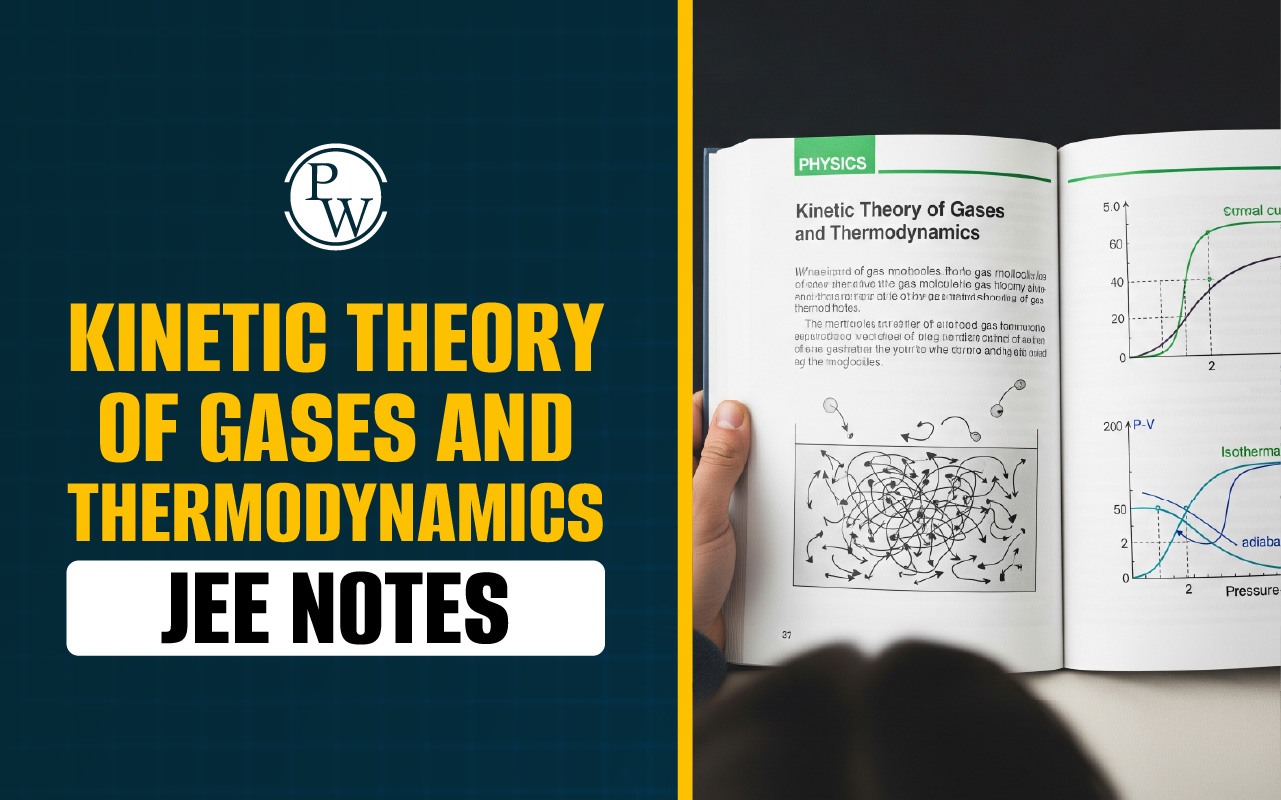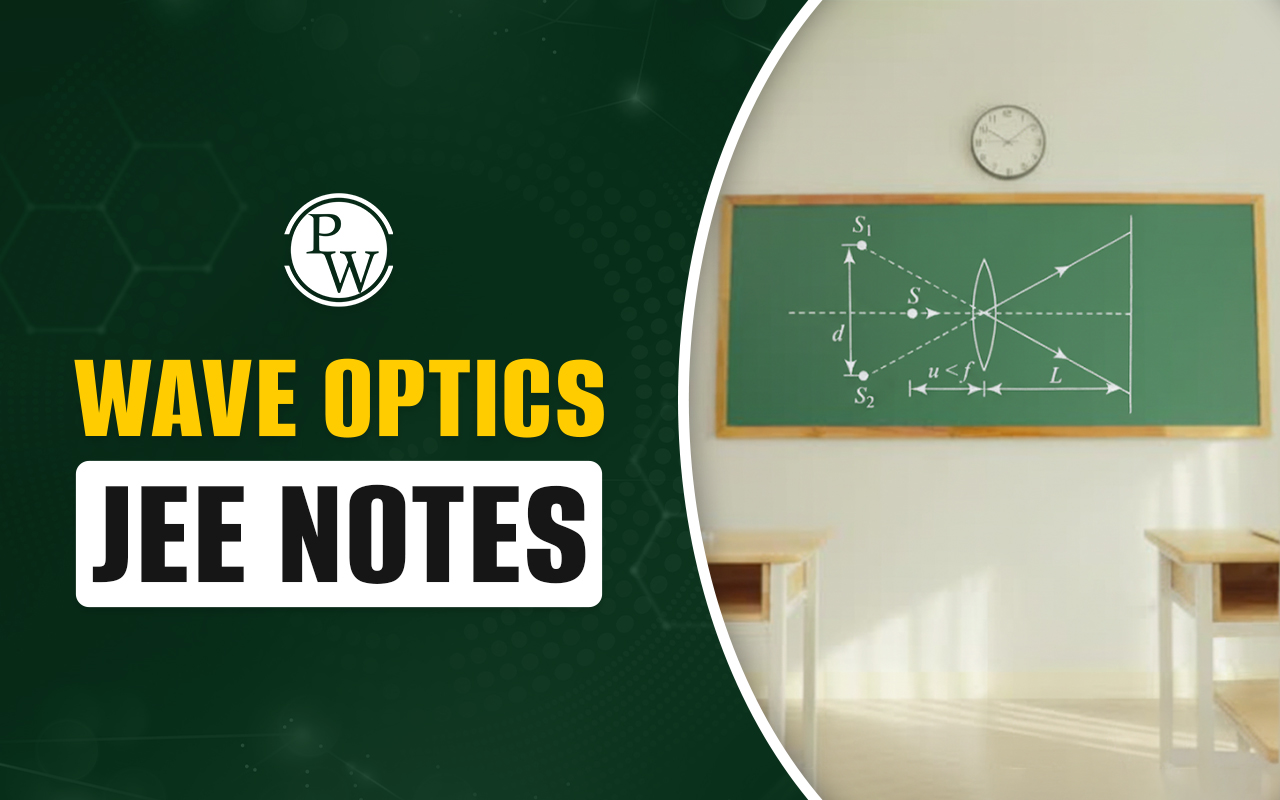

Periodic Table JEE Questions: The Periodic Table is a fundamental part of Inorganic Chemistry for JEE Main and JEE Advanced. It organizes elements based on atomic number, electronic configuration, and recurring chemical properties. Questions from this chapter test understanding of trends like atomic radius, ionization energy, electronegativity, and chemical reactivity. Typically, 2–3 periodic table questions JEE Mains are asked in Main, while JEE Advanced periodicity questions may involve multi-step reasoning or trend prediction. Practicing these questions improves your conceptual clarity, helps solve exam-style problems quickly, and strengthens your confidence for both Main and Advanced exams.
Periodic Table JEE Questions Overview
Periodic table JEE questions include periodic classification, periodic trends, properties of s, p, d and f block elements related to periodic classification. Students are expected to know trends across the periods and groups, reactivity of metals, and non-metals, and the behaviour of elements in chemical reactions. Typically, periodicity questions in JEE Mains require students to understand trends; JEE Advanced periodicity questions may test multiple concepts, require reasoning, or require students to decipher a pathway through an atypical JEE exam pattern.
Practice Periodic Table JEE Questions
Practicing Periodic Table JEE Questions is key to mastering this topic. Regular practice helps students. Here are some periodic table JEE questions:
1. The statement that is not correct for the periodic classification of elements is
A. The properties of elements are periodic function of their atomic numbers
B. Non-metallic elements are less in number than metallic elements
C. For transition elements, the 3d-orbitals are filled with electrons after 3p-orbitals and before 4s-orbital
D. The first ionization enthalpies of elements generally increase with increase in atomic number as we go along a period
2. In Lothar Meyer plot of atomic volume versus atomic mass, the peaks are occupied by
A. alkali metals
B. alkaline earth metals
C. halogens
D. noble gases
3. Without looking at the periodic table, select the elements of IIIA group of the periodic table (atomic numbers are given):
A. 3, 11, 19, 37
B. 5, 13, 21, 39
C. 7, 15, 31, 49
D. 5, 13, 31, 49
4. The X–X bond length is 1.00 Å and C–C bond length is 1.54 Å. If electronegativities of 'X' and 'C' are 3.0 and 2.0 respectively, the C–X bond length is likely to be:
A. 1.27 Å
B. 1.18 Å
C. 1.08 Å
D. 1.28 Å
5. The ionic sizes follows the order:
A. K⁺ > S²⁻ < Sc³⁺ < V⁵⁺ < Mn⁷⁺
B. S²⁻ > K⁺ > Sc³⁺ > V⁵⁺ > Mn⁷⁺
C. Mn⁷⁺ > V⁵⁺ > Sc³⁺ > K⁺ > S²⁻
D. Mn⁷⁺ < V⁵⁺ < Sc³⁺ < S²⁻ > K⁺
6. Crystal radius of three ions have 100 pm, 81 pm and 75 pm respectively. If all the three ions have same number of protons, then select the correct statement.
A. All the three ions are isoelectronic
B. All the three ions have same charge
C. All the three ions have different charge but the element is same
D. All are correct
7. Consider the following changes:
(1) Sublimation energy of M = p
(2) Sublimation E + I.E₁ + I.E₂ of M = q
(3) I.E₁ of M = r
(4) I.E₂ of M = s
(5) I.E₁ + I.E₂ of M = t
The enthalpy change for the reaction M⁺(g) → M²⁺(g) + e⁻ could be calculated from the relation
A. (p) + (r) + (s)
B. (q) – (p) + (r)
C. (p) + (t)
D. (t) – (r)
8. Which systematic diagram is correct about ionisation energy of coinage metals?
A. Au (Increase) → Cu (Decrease) → Ag (Decrease)
B. Au (Decrease) → Cu (Increase) → Ag (Remain almost same)
C. Au (Decrease) → Cu (Decrease) → Ag (Remain almost same)
D. Au (Decrease) → Cu (Decrease) → Ag (Increase)
Periodic Table JEE Questions PDF with Solution
To make preparation more efficient, PW provides a practice question PDF with answer and solution for Periodic Table JEE Questions. This PDF contains a mix of periodic table questions JEE Mains, tricky JEE Advanced periodicity questions, and important periodic trends PYQs. Each solution is explained step by step, helping students understand the reasoning behind answers. Using this PDF helps aspirants revise formulas and trends, practice exam-style questions, and increase speed and accuracy.
Periodic Table JEE Questions
Practice with Free PDF
Periodic Table JEE Questions FAQs
Q1. How many periodic table questions appear in JEE?
Q2. Are periodic table JEE questions difficult?
Q3. How should students prepare for the periodic table?
Q4. Is the periodic table linked with other topics?
Q5. Where can I practice solved periodic table questions?






